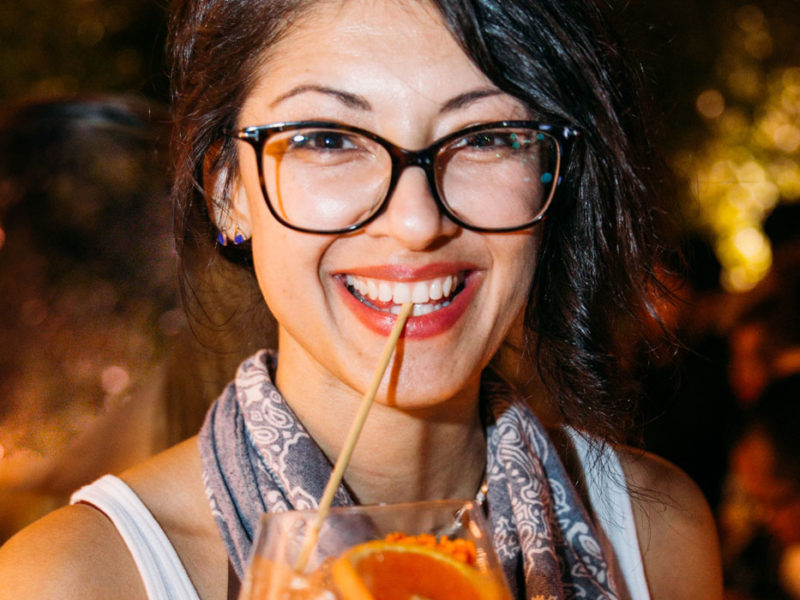When asked to share a perspective on the meaning of this most noble of spirits in my personal journey through life, the first word that comes to mind is “ohana.”
The notion of family as it relates to rum is integral to the gestation of this tiki obsessive.
Back in 2002, my wife Susan, when faced with the prospect of an eternity of wine by the glass, enrolled this lifelong, straightedge punk rocker in Dale DeGroff’s Cocktail College. The subject was rum punch. She knew the combination of midcentury lore, arcane ingredients, and a slavish devotion to execution would capture my teetotaling imagination.
The class did indeed foment the sea change she had hoped for. Dale’s legendary status as raconteur inspired a journey to acquire the know-how, ingredients, and artifacts necessary to faithfully recreate these long dormant faux-tropicals.
Each cocktail had a story to tell. Each rum had a unique island tradition. It would take an extended family to unlock this myriad of mysteries.
My obsession with rum and tiki is really focused on imagining Don the Beachcomber’s intent behind the original 1937 canon of his “Rhum Rhapsodies.” I’m not as interested in modern interpretations so much as attempting to experience what the drinks would’ve tasted like in the day.
It was Beachbum Berry who opened up the door to understanding how the Beachcomber brilliantly adapted the Bajan rum punch tradition of “one of sour, two of sweet, three of strong, and four of weak.” His ongoing work explains how contemporary ingredients can be combined to create an authentic tiki experience. Bum sought out the families and associates of the original tiki luminaries to memorialize the stories, specifications, and procedures behind our beloved tiki classics.
The notion of conviviality is another keystone in the tiki tradition. Early in my journey, I had the good fortune of attending New York City’s famous Rhum Rhum Room, where I met Joe and Nicole Desmond. They were the consummate hosts of an elaborate invitation-only tiki-themed gathering. What struck me the most was Joe’s willingness to pull his finest rum (a 1981 El Dorado 25-year) off the shelf for a complete stranger. Joe regaled us with the rum’s origins and provided a comparative analysis with other Guyanese rums. It was, and still is, the best rum I’ve ever tasted. I immediately sought out a bottle for myself, finding this rare elixir at a California mail-order outfit. In the spirit of ohana, I carry on this tradition of generosity by offering guests—who are perhaps new to the world of rum—my finest holdings.
The origins of rum and the spirit of ohana were conceived a world away from each other. It’s the landscape of characters I’ve met over the years who have so eloquently married these elements to create what rum means to me.





